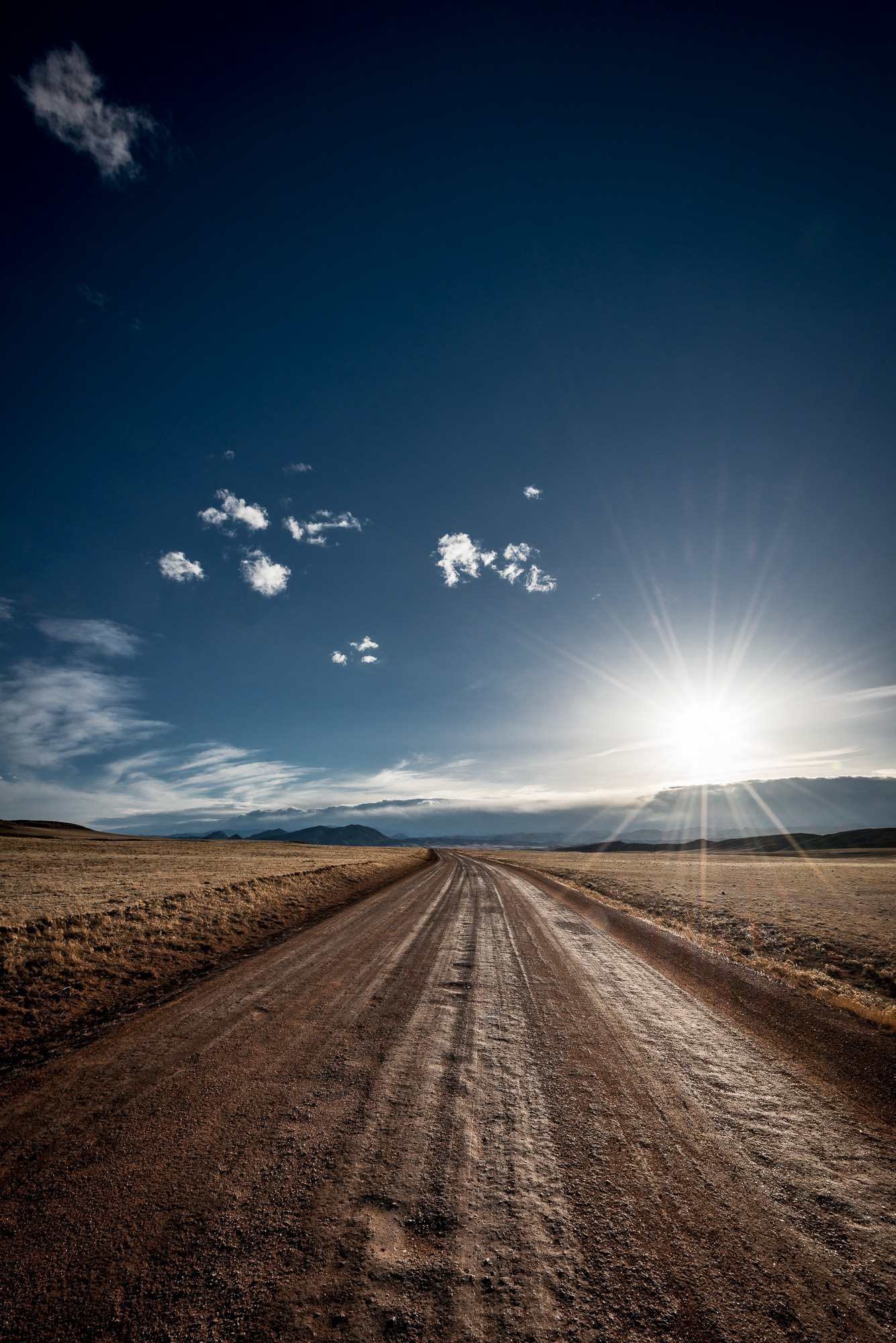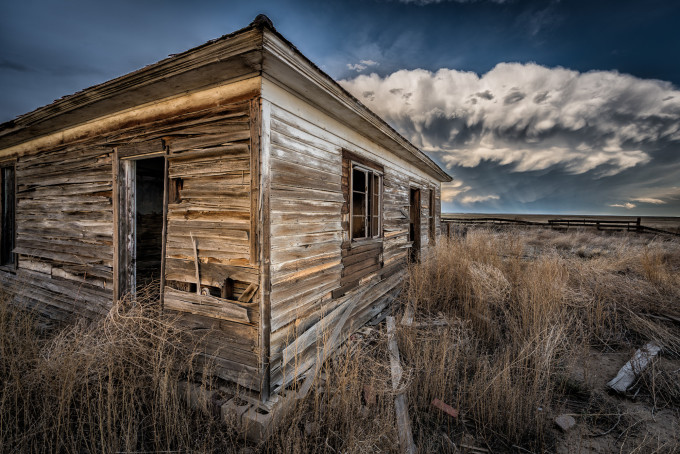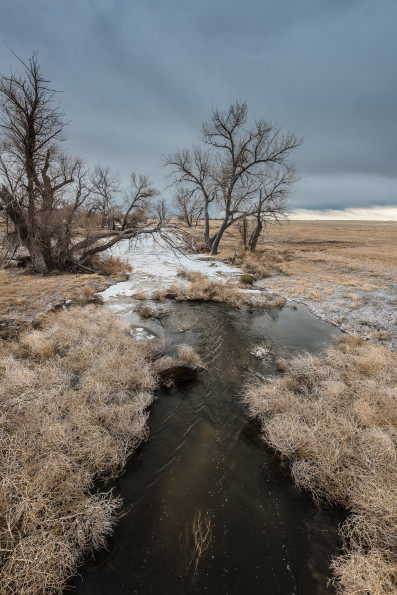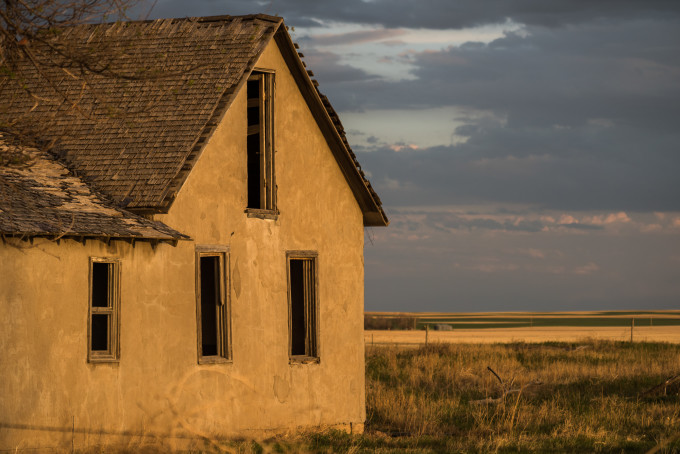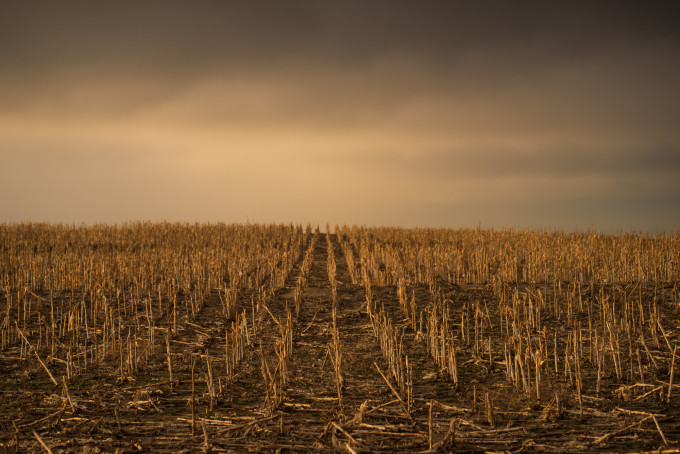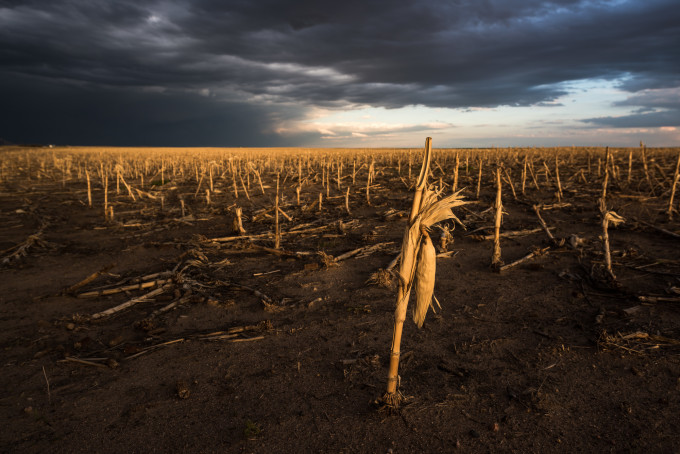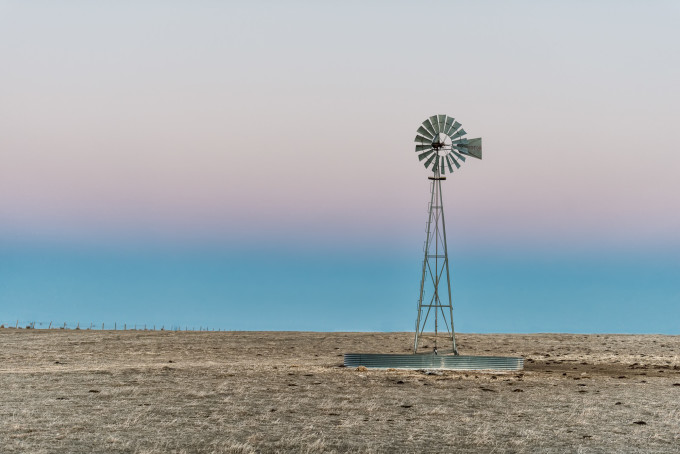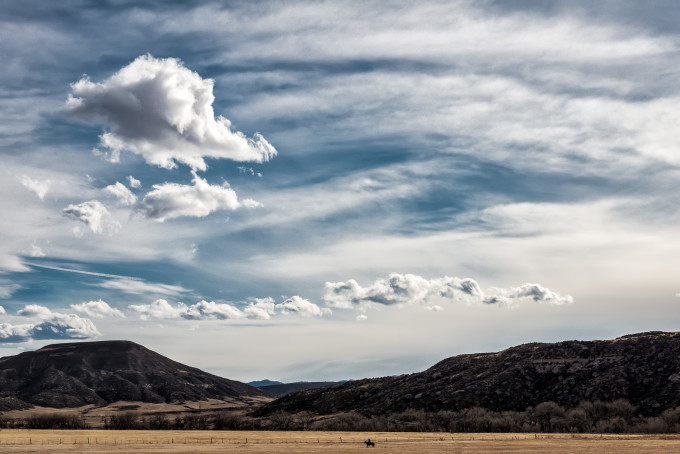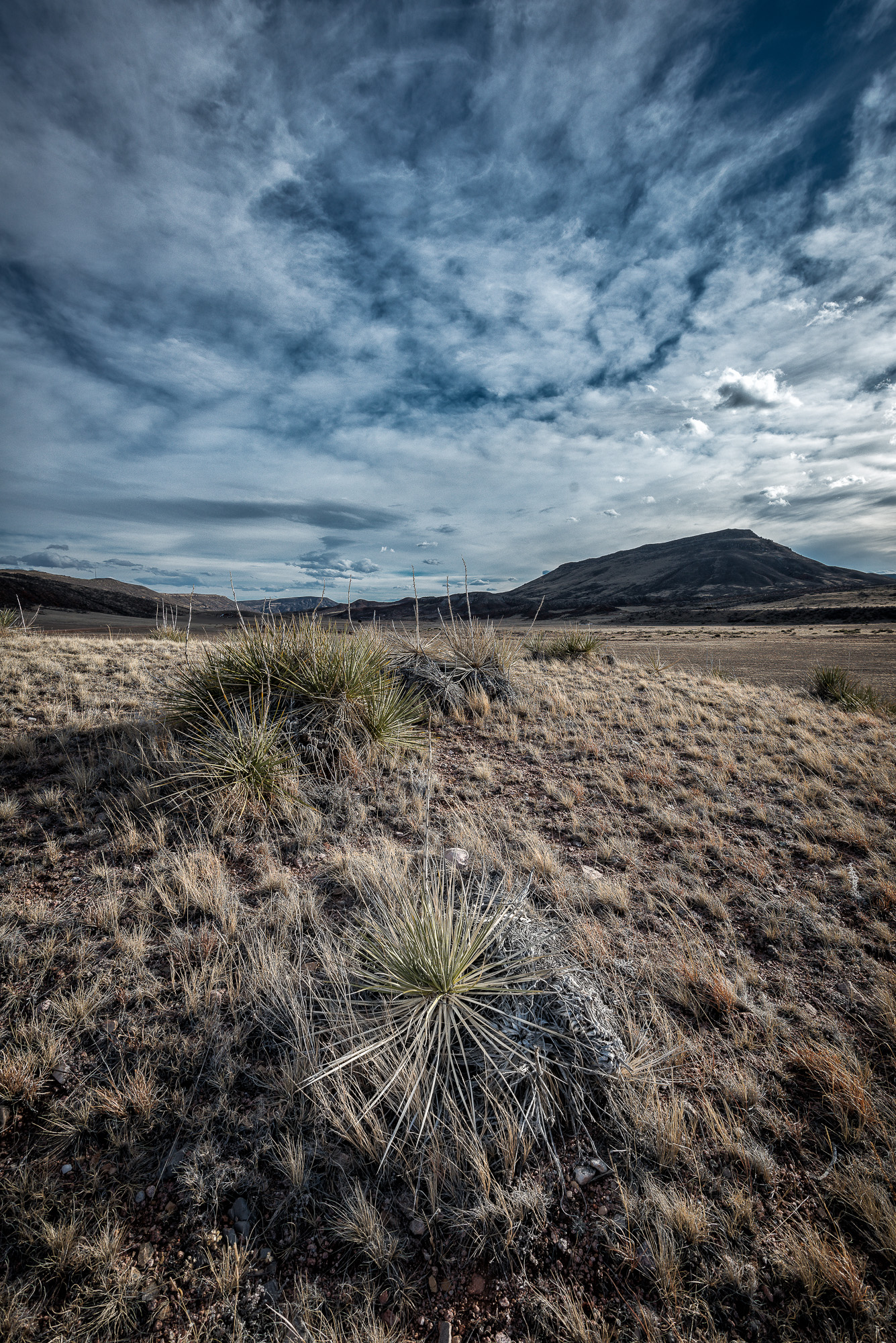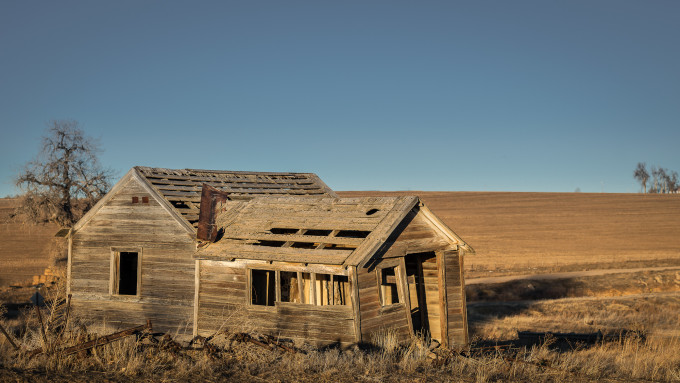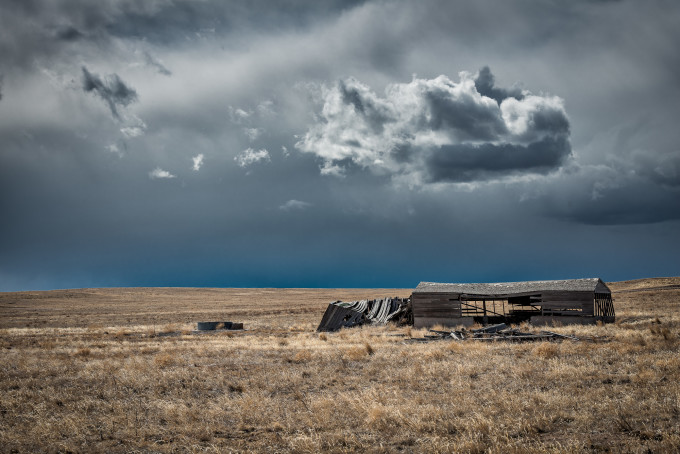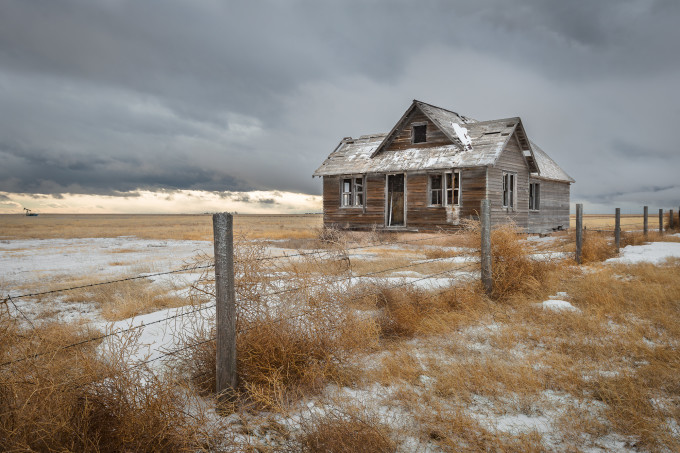Last Updated on 09/08/2016 by Chris Gampat
All images by Michael J Quinn. Used with permission.
Photographer Michael J Quinn is a landscape photographer does lots of work in the Arctic. His project, Saga of Ice, has been featured on the site before. While it’s the main thing that he’s pushing these days, he also works on another project: the Forgotten.
The Forgotten is a project documenting the landscapes of Colorado and tries to specifically analyze how the pioneers and those who came after tried to shape the land. Much of the project can be seen on Behance, but like many fine art photography projects, the intent isn’t necessarily clear.
So I talked to Michael about it.
Phoblographer: What’s the concept behind the Forgotten?
Michael: People come to Colorado to gaze at the drama and awe of the Rocky Mountains. That is the first thing that they think of when someone mentions Colorado. The state has the most peaks above 14,000 feet than any other state. The mighty Colorado River is born here too in a basin in Rocky Mountain National Park. But this is only half of the story to Colorado. The entire eastern half of the state is gently rolling landscape that is scarcely populated. Only dotted by farms, ranches and open prairie. This is where the homesteaders came during the great westward expansion. This is where they left their mark on the landscape and our country.
I wanted to demonstrate through imagery their struggles, the marks that they left on the landscape and the places that they left behind.
Phoblographer: What inspired you to want to do this project a while back and what made you want to transition away from this kind of work and go towards the Arctic instead?
Michael: I have several projects that are going on and this is just one of them. My Arctic work began in 2010 with my first trip to Iceland. Forgotten started a couple of years later during a snowy winter’s day. It is generally difficult to get up into the mountain trails at this time of year so I turned my attention to the east. I had never really explored the eastern side of Colorado so one Saturday afternoon I just packed up the SUV and started driving east. I had heard of the Pawnee National Grasslands and had been intrigued by it for sometime. This day I was going to make it a reality. As you approach the area, the paved roads give way to a patchwork of gravel roads. These wide well maintained roads then dwindle to narrower and rougher counterparts. There is something very mesmerizing about these straight long roads. You can see them disappear into a vanishing point in the distance. After stumbling across a couple of abandoned farm houses and barns, I was hooked.
I was standing there and contemplating how difficult life was during the homesteading era. The struggles of just daily life. If you wanted water, you had to get it out of the well or the creek. If you wanted to eat, you had to go hunt and prepare all of your own food. If you wanted to stay warm in the winter, you had to find and cut your own wood. If you had to travel, it was on horse or buggy. If you wanted to survive, you had to protect yourself from nature and man. Being there and realizing how easy life is today is a rather humbling experience. Something most people do not recognize. I wanted to remind them of a time gone by, a time when life was simpler but much more difficult.
Phoblographer: A lot of this project is landscape work, so how exactly do you feel it fits into the premise of the project and follows the intended goals?
Michael: The pure landscape images do compliment the ruins. The homesteaders had a lot of open space around them. The grand vistas out their windows of the prairie was their living room paintings. This is what inspired and drove them to make a go of it. This is what they were searching for, a place and space to call their own. A place where they could enjoy nature and all that it had to offer. A place where they could begin their families legacy.
I relate this to my own experience. My desire to find those places where the people are scarce and the sky is big. Those places that make me feel small and insignificant. These places keep me humble and contemplative. These are the places that recharge my internal batteries and keep me wondering about past life and future life. What we as humans are doing to the planet and what this generation will leave for future generations.
Phoblographer: Talk to us about the logistical planning that went into the project. Was it all done in one days? Landscape work can sometimes involve an agonizingly long wait.
Michael: This work spans years. The inspiration for it stems from one fateful day, but the implementation has taken a while. There are just so many variables that affect the work. The light, the clouds, the time of year, my particular mood, my availability. All these things have to come together to gain another image to the series. There have been several outings that just did not produce an image. There have been countless miles driven that have just not produced. The sky wasn’t moody enough, the foreground just didn’t add anything, the interest and intrigue just wasn’t there. I have even visited the same location on many outings trying to get the mood more interesting. I never worry about a completion schedule on projects like these.
When something adds to the series, I add it. Once it has gained critical mass, at least 8 or so images, then I will put it out on Behance to get reactions. Meanwhile I’m still searching for more images to compliment this work. This is the beauty of having multiple projects running all at the same time. You just have to be conscious of them and what images are missing or that would add something to the series. Then when you are in the field you can more easily seek these out.
Phoblographer: What gear did you use? How was the processing of the images important to this project?
Michael: My primary gear is Nikon. Since this series as spanned many years, the camera bodies have changed quite a bit. The first images were taken with a D7000. After a while my skills rose to a level that a full frame system was needed to get the most out of my images. My first full frame body was a D800e and then I swapped to D810’s. Lens selection has also ranged over the years. In the crop sensor days, I was using a Nikkor 10-24mm wide angle and a 28-300mm zoom. Once I moved to the full frame system, my lens choices had to change as well. I began with Nikkor 16-35mm f/4.0 which is a really wonderful lens and accepts filters. I then added the venerable 70-200mm f/2.8. I instantly could see a major difference in the quality of images compared to the 28-300mm. Recently I have replaced the 16-35mm with the Nikkor 14-24mm f/2.8. I was amazed at the quality of images taken with this lens. Generally when in the field it is these two lenses 14-24mm & 70-200mm, a tripod, remote release. Most of my work is hand held as it affords me the freedom to move around quickly as conditions change rapidly with the sun.
The processing is important to keep a cohesiveness to the series. Having one very saturated image or one black and white image among the rest just doesn’t fit well. I tried to keep the saturation down and the tones muted. Initially this series was going to be just the winter series toned in blues and grays. But recently I have added the warm toned images. This was to add a transition from the warm setting sun to the wintery blues and grays. This is an attempt to show us recognizing the past (blue and gray tones) and to possibly contemplate a better future (warm tones).
Phoblographer: Do you feel that anything you did with this project built on the foundation of the photographer you are today and that it has continued to influence your later works? Why or why not?
Michael: This project has taught me many things.
Patience. You can’t expect to go out in a single outing and come away with a full body of work. It generally just doesn’t work like that. You have to be willing to wait for the right conditions. They generally do not happen when you want or need them to.
Perseverance. To keep after something even though it is not complete and a completion time frame doesn’t seem possible. You have to keep chasing your dreams and desires even after repeated failures. To chase when you are not in the mood or when the conditions may not be perfect. Working in the difficult teaches you to how to execute well when the conditions strike.
Vision. By keeping a catalog of images that fit the series readily available on a device (iPhone, iPad, laptop, contact sheets), will keep you focused and allow you to see when an image can be applied to the series. This focuses your effort and allows you to succeed more easily and avoid duplication.
I continue to grow every day. Learn from the past and live for the future. Be adaptable to changing conditions and requirements. Always remember to take time to “Just Be” in the moment and recognize who you are, where you have come from and how you can inspire others.


